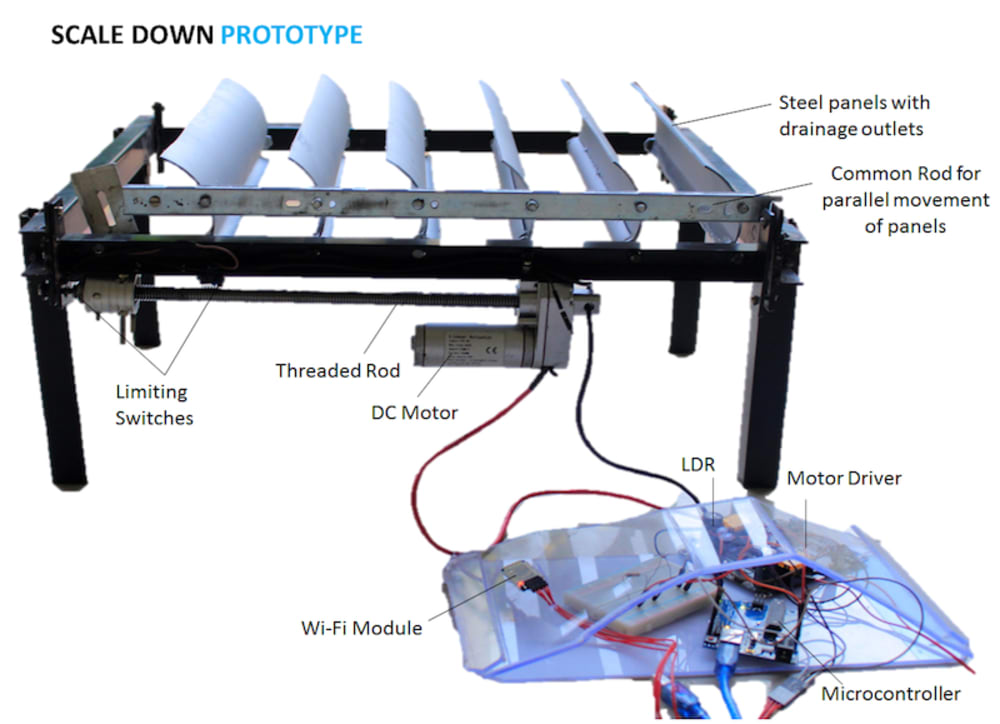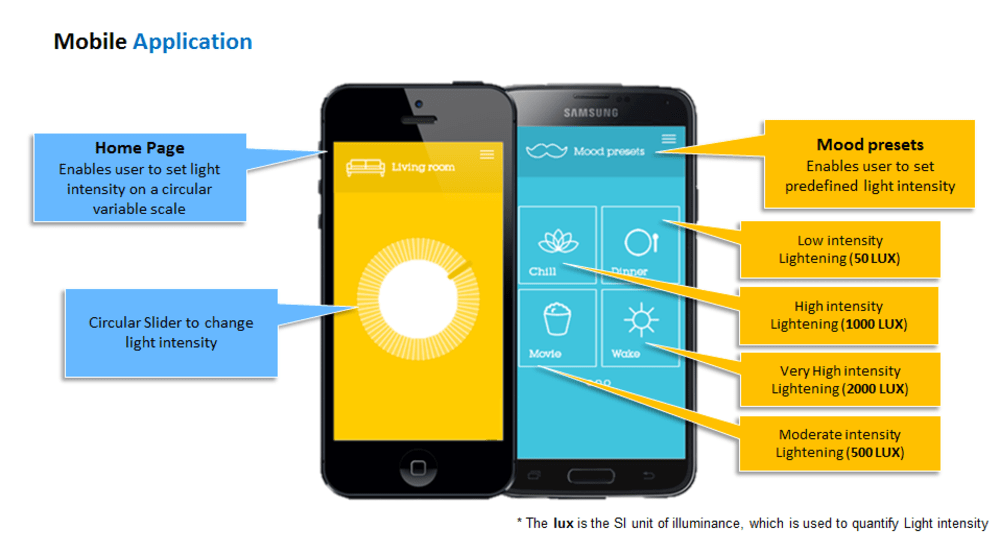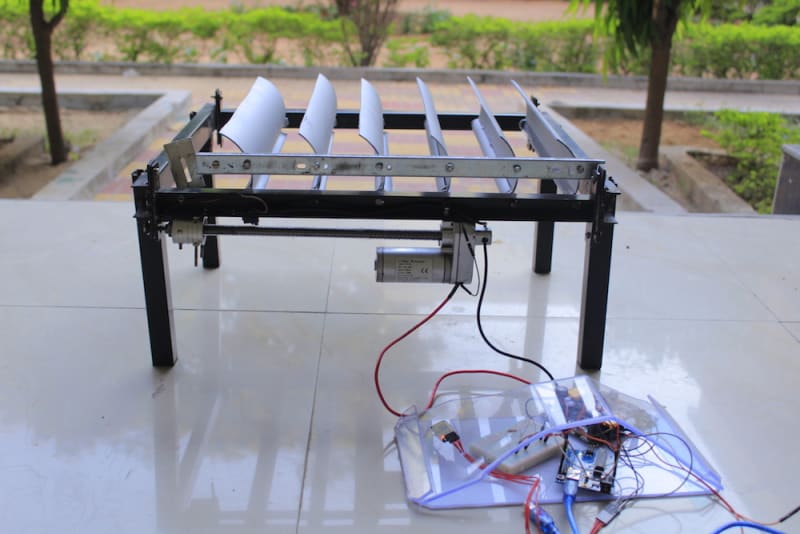Daylight optimizer is self-adjusting roof panelling technology to maximize (or optimize) the amount of day-lighting throughout the day inside a building.
The science of daylighting design is not just how to provide enough daylight to an occupied space, but how to do so without any undesirable side effects. Beyond adding windows or skylights to a space, it involves carefully balancing heat gain and loss, glare control, and variations in daylight availability. For example, successful daylighting designs will carefully consider the use of shading devices to reduce glare and excess contrast in the workspace. Additionally, window size and spacing, glass selection, the reflectance of interior finishes, and the location of any interior partitions must all be evaluated.
This sustainable technology is an alternative for Conventional RCC (Reinforced Cement Concrete) roof Slab. It is superior as compared to Concrete Roof slabs because it saves electricity and has low cost. The concrete slab can be replaced by polyurethane Coated steel Panels which can be automatically adjusted. In addition, the technology enables the building occupant to set desired intensity of sunlight via mobile application. The technology also closes of panels during rainfall or snowfall automatically.
The panels positioning is done by a DC Motor which is done by a mechanically stable mechanism. A treaded rod is attached to axle of DC motor which enables panels to move. Limiting switches are used to limit the movement of the panels. Panel is designed in such a way that it drains rainwater quickly and avoid any kind of blockage.
The Panels are opened/closed by a Motor. The DC Motor is connected to a microcontroller which takes input from LDR and Rain detector. LDR (Light dependent Resistor) is used to measure the intensity of light inside the room. The microcontroller is connected to Android mobile via Wi-Fi module.
A cheap Rain detector is created in order to detect the rainfall. This detector senses the rainfall and send signal to microcontroller which allows the panels to shut down. Hence prevents the rainwater to enter inside the building.
The sensor, Motor Driver, Battery and microcontroller is embedded in a transparent acrylic casing. The product is designed in order to make a pleasant appearance inside the room. Mobile application is designed to control the light intensity. It is featured with options to set panels according to mood presets.
Moreover, this can also be used in skylights too. This technology can be effectively used in Workspaces, Institutes, and Factories etc.
Like this entry?
-
About the Entrant
- Name:Anil Pradhan
- Type of entry:individual
- Patent status:none








